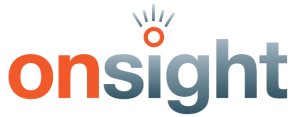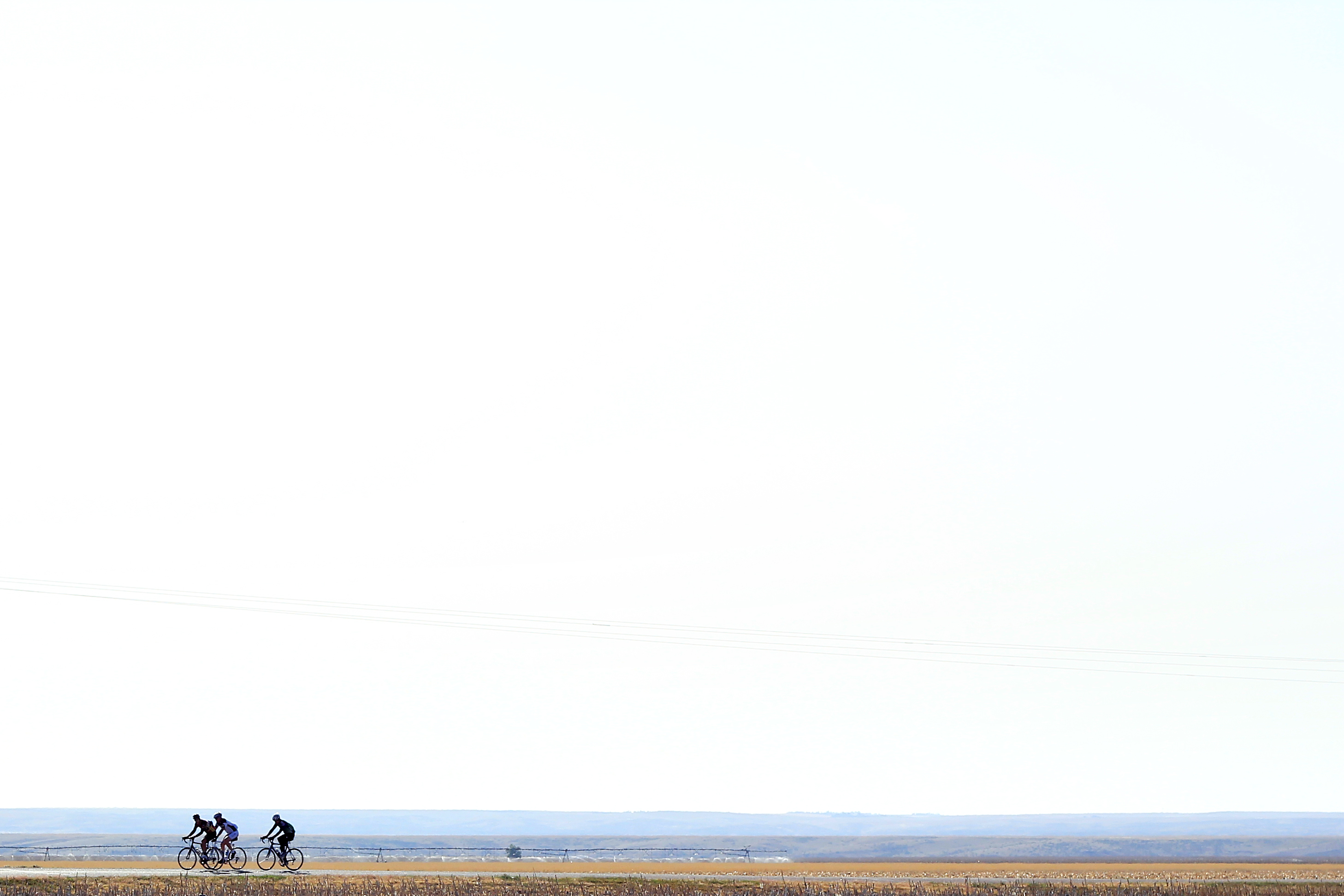
by OnSight | May 2013 | Pedal the Plains, Social Media, Strategy, Web Communications
Objective: Use multiple online platforms to create Pedal The Plains brand, push share-worthy content throughout the social web, create buzz about the inaugural ride with the goal of raising awareness and interest, and increase registrations for the 2012 and 2013 rides.

Setting up a Flickr account and encouraging riders to post to the PTP pool is one way we created a shared community around the ride.
Strategy: Publish an ongoing stream of interesting content, interact with existing social hubs, and utilize fan-generated content as much as possible. Promote the ride as a mutually beneficial endeavor for cyclists and local plains communities—guests get a chance to see a part of the state that they may not have visited before, and local communities will see a tourism boost during the week of the event.
The Team: OnSight Public Affairs, Denver Post Foundation, Colorado Office of Economic Development and International Trade, and Governor Hickenlooper’s staff.
Challenge: OnSight was tasked with branding and developing an online presence and social media plan. Having worked with the USA Pro Challenge previously, OnSight knew the challenges of branding and promoting a cycling ride. As a new event, Pedal the Plains provided another list of obstacles, such as:
- How do we entice people to cycle in a region that has an agricultural landscape?
- How do we turn this event into a tourist draw that highlights the culture of rural communities in Colorado’s eastern plains?
Tactics:
- Built Pedal The Plains website using customized WordPress and branded with logo, colors and language.
- Developed and managed social media platforms including Facebook, Twitter, Flickr, YouTube and blogs.
- Created an extensive Social Media Roadmap, which provided guideines, content ideas, timing and posting best-practies, as well as a sketch of target benchmarks for the weeks and months leading up to the event.
- Prioritized responsiveness on social media to individuals posting questions, items that could be shared or responded to by the existing community (e.g., requests for carpool coordination), and posts to promote sponsors, participating towns, and partners for the event.
- Created blog series called “The Plain Pedalers,” where participants submitted daily updates and posts, giving the public an insider’s view of the ride.
Outcome: Pedal The Plains became not only a story in the paper for the public to read about, but an interactive experience for riders, as well as spectators and non-participants.
- Website had 32,927 unique visitors and spent an average of more than four minutes on the site.
- Email list grew to 2,249 subscribers and had an average open rate of 48.2%.
- Social media platforms engaged 1,629 followers.
OnSight will be teaming up for 2013 Pedal The Plains with the goal of making it even bigger and better than 2012.
Testimonial: “OnSight was instrumental in creating our event’s brand and shaping its culture. Their team demonstrated a keen understanding of all social media platforms and helped to make the ride an interactive experience. We look forward to partnering with OnSight for years to come.” –Chandler Smith, Director of Pedal The Plains
http://www.pedaltheplains.com/news/blog/

by OnSight | May 2013 | Social Media, Strategy, Web Communications
In order be able to tell whether or not an online campaign has been successful, we need to set some goals. It seems obvious, but so often we see organizations launch an online campaign because they know they’re supposed to, without giving thought to what they want to get out of it or what success will look like.
From the get-go, you should be conceiving of goal-setting as a giant feedback loop:

This requires setting aside time and energy early on in a campaign or project to sit down and think through what reasonable goals are, and to set goals with focus, intention, and buy-in of all the staff and managers who will be participating.
There are two ways to think about goal setting, which are certainly not mutually exclusive when setting up an online strategy:
1. Benchmarks: There are a handful of good sources for industry-wide data around open rates, engagement rates, etc., so that you can get a sense of what to expect. Start here or hereto get some broad strokes. These are good as a starting point for setting realistic expectations for your organization.
Benchmark style goal example: We will send approximately 2-3 emails a month between January 2013 and December 2013, accelerating to at least one email a week in the three months preceding the event. Emails will have a 25% open rate and 5% open rate, and each email will generate 50 new event registrations. We will generate fresh content for two Facebook posts a week and one post consisting of shared/curated content, and posts will generate 10-15 likes/comments/shares each.
2. Results: What is the ultimate goal of the campaign, and how will you know if the online strategy has achieved its piece of the puzzle? Spend some time thinking through not simply the tactics (“We’ll post pictures on Facebook! People will love it!”), but what the actual underlying pointis.
Results style goal example: Our objective is to take advantage of multiple platforms to push shareworthy content throughout the social web, creating buzz about the event with the goal of raising awareness and interest and increasing registrations this year and next year. We also plan to use the social web to disseminate information during the event itself for participants and fans. Our primary strategy is to publish an ongoing stream of interesting content, interact with existing hubs, and utilize fan-generated content as much as possible. We will seek to funnel users from wherever they stumble upon our content to the event website.
Setting goals in both styles can help make sense of the analysis that you should be doing ongoing.
Three tricks for goal-setting gold:
There are three key features to creating a worthwhile set of goals. To be most effective, both as a guide to your tactics and as a benchmark for later analysis, goals should be:
- Specific
- Measurable
- Time-oriented.
Specific means we’re staying away from things like “be better at social media” or “make email more interesting.” Keep asking yourself if there’s a way to make the goal more specific, and if being general is a cop out to keeping you from thinking clearly about what a goal actual entails.
Measurable goals give us a way to circle back and track our effectiveness. Not all goals have to measurable – especially if we’re setting Results-based goals like in the second example above – but at least some of them should have specific benchmarks and numbers attached to them so that there’s a way for us to see if we’ve actually achieved them. How do we know if we made our email more interesting if we have no way to measure it?
Time-oriented is just to remind us that goals should cover a set period of time. Again “make email more interesting” is going to be a much less effective directive than “increase click-through rates to 5% on average by December 2013”.
Setting specific, measurable and time-oriented goals focuses the work we do and allows us to track our output and outcomes against a standard set of metrics. Goals should be set – and referenced periodically – for every piece of an online marketing program, including list growth, engagement and donation rates, and social media metrics.
For best success, setting goals should be an integral part of your campaign planning process, not simply stuck on as an add-on after the fact. Without a road map it’s hard to know where we’re going, and nearly impossible to tell if we’ve made an progress at all. Every piece of a campaign — including social media, blogging, fundraising, and list growth — should have goals attached to it, lest we end up simply spinning our wheels, going through the motions without any shared goal or understanding of what success would look like.
Next post: Measuring Success

by OnSight | May 2013 | Campaign, Social Media, Strategy, Web Communications

Some ups and downs in 2012.
Veteran politicos will tell you there is no such thing as an “off year,” but that doesn’t mean there aren’t some natural ebbs and flows.
With that in mind, we are using this relatively quiet time to reflect on some of the ups and downs of 2012.
Here are the post topics we’ll be offering up:
- Metrics and Goal Setting
- Data and Analytics
- Email List Growth
- Email Subject Lines
- Email Content and Click-through
- Social Media
- Fundraising and Appeals
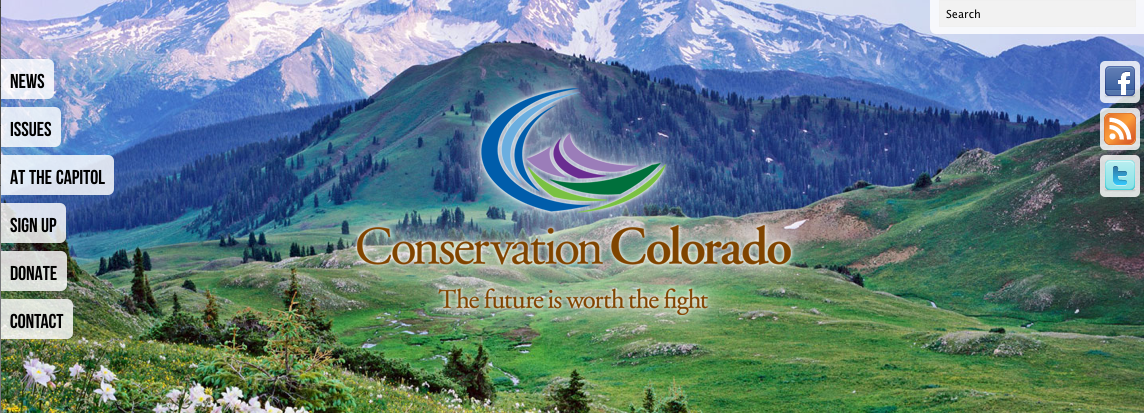
by OnSight | Jan 2013 | Graphics, Web Communications

2013 marks the launch of Conservation Colorado’s new web site.
New Year, new non-profit, new web site.
January 1, 2013 is a major landmark for Colorado Environmental Coalition and Colorado Conservation Voters, as it marks the launch of their merged organization: Conservation Colorado.This is the beginning of an exciting new chapter in protecting Colorado’s air, land, water and people.
The new web site is a robust, highly-customized WordPress installation, which makes it easy for the non-technical types to edit and add content, but showcases a contemporary, dynamic site for visitors to interact with.
Every nook and cranny of the site features a rotating background gallery of stunning landscape images that highlight the natural beauty that makes Colorado’s environment so worth protecting.
The site is jam-packed with information about Conservation Colorado’s work, and makes it easy for visitors to find the information they’re looking for and get involved in issues they care about.
Large databases of legislators, bills, and organizational press releases, blog posts, podcasts, maps, and other media are not only easy to find, but also interact dynamically with the site: viewing a page about “Water” will automatically provide the latest water-related media and opportunities to get involved, allowing visitors to easily find basic information, but also to engage on a more in-depth level with the issues.
Social media engagement opportunities are front-and-center, encouraging users to share information and actions, increasing the portals through which interested citizens can find out about Conservation Colorado and become supporters of its work.
Check out the new site and let us know what you think!
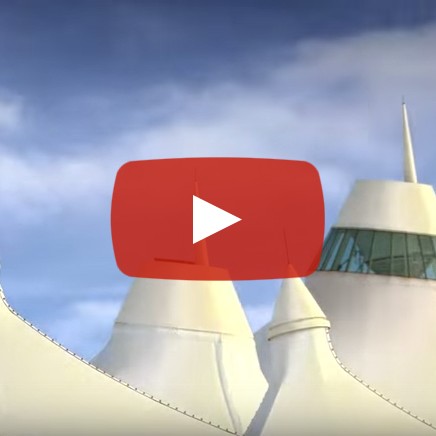
by OnSight | Jul 2012 | Branding, Graphics, video, Web Communications
 Colorado’s budget is in a grim spot, and the state’s schools are one of the victims of recent cuts. Colorado Commits is a campaign designed to educated citizens about not only the state of the budget and its affect on our kids (and our economy), but also to propose some solutions to help get Colorado’s schools out of this fix.
Colorado’s budget is in a grim spot, and the state’s schools are one of the victims of recent cuts. Colorado Commits is a campaign designed to educated citizens about not only the state of the budget and its affect on our kids (and our economy), but also to propose some solutions to help get Colorado’s schools out of this fix.
There are several prongs to this ongoing campaign, including branding, several television commercials OnSight was able to film, edit, and get on the air on short notice, as well as a web site which will be housing information and opportunities for citizens to get educated and involved as the campaign progresses.
Check out ColoradoCommits.com, watch the commercials, and take the pledge to commit to Colorado’s future!
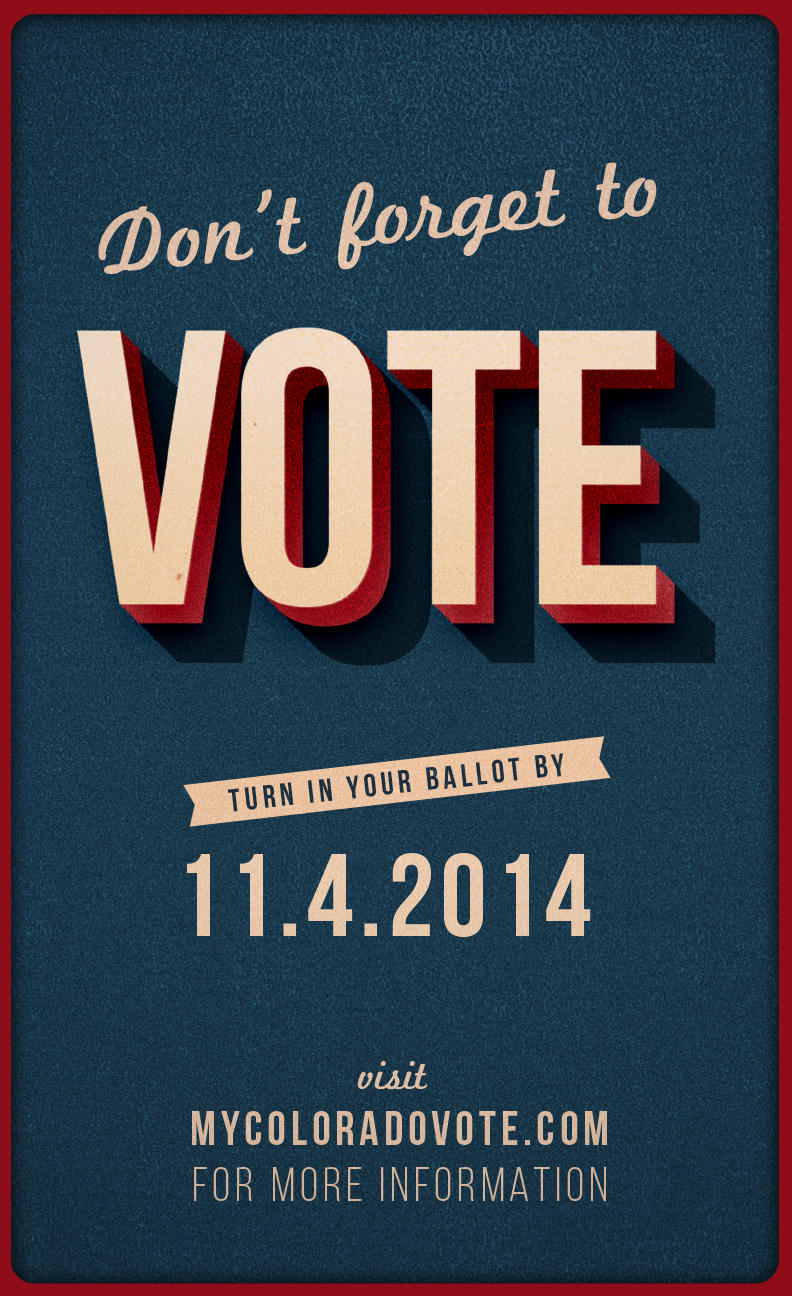
by OnSight | Feb 2012 | politics, Trends, Web Communications

Getting different constituent databases to talk to each other is harder than tracking down the mythical unicorn of the sea.
There’s some pretty interesting and innovative stuff helping marketers and media managers get messages to the right audiences.
First, a story on the Obama re-election team’s Project Narwhal. As anyone who has worked at a non-profit or corporation that maintains databases (e.g., every organization and non-profit, everywhere) knows, getting all your customer or constituent information all in one place is a difficult and evasive task. Different systems track payments, donations, volunteer actions, inquiries, help requests, and demographic data. Getting all that information in single, consolidated, user-friendly system is neigh impossible – different individuals – even different departments – have ownership of that data, and they’re not always willing (or even able) to share.
From the article:
Even as the outside world marveled at their technical prowess, Obama campaign staffers were exasperated at what seemed like a basic system failure: They had records on 170 million potential voters, 13 million online supporters, 3 million campaign donors and at least as many volunteers—but no way of knowing who among them were the same people.
But Project Narwhal attempts to tackle this disconnect and create the mythical sea unicorn of voter databases:
Narwhal would bring new efficiency across the campaign’s operations. No longer will canvassers be dispatched to knock on the doors of people who have already volunteered to support Obama. And if a donor has given the maximum $2,500 in permitted contributions, emails will stop hitting him up for money and start asking him to volunteer instead. Those familiar with Narwhal’s development say the completion of such a technical infrastructure would also be a gift to future Democratic candidates who have struggled to organize political data that has been often arbitrarily siloed depending on which software vendor had primacy at a given moment.
Good news for all our friends holding office and running campaigns, for certain, not to mention a great way for voters themselves to be kept up to speed on specifically the issues they care most about.
In related news, a new billboard in the UK is using facial recognition technology to determine your gender, and then changes the content of the ad itself depending on who it thinks you are:
Women who walk up to the billboard, which is located at a London bus stop and will be viewable for two weeks, are greeted with a 40-second film explaining the plight of women and girls in poor countries around the world, who often are denied eduction and opportunities that are afforded to men.
Men, however, get a cut-down version of the content. They can’t see the film, but they do get to see shocking statistics about the situation, like the fact that 75 million girls are denied education.”
Actually a pretty clever application, given that the intent of the ad is to highlight different in the way men and women are treated in a circumstance much more serious and life-changing than a bus stop billboard.


